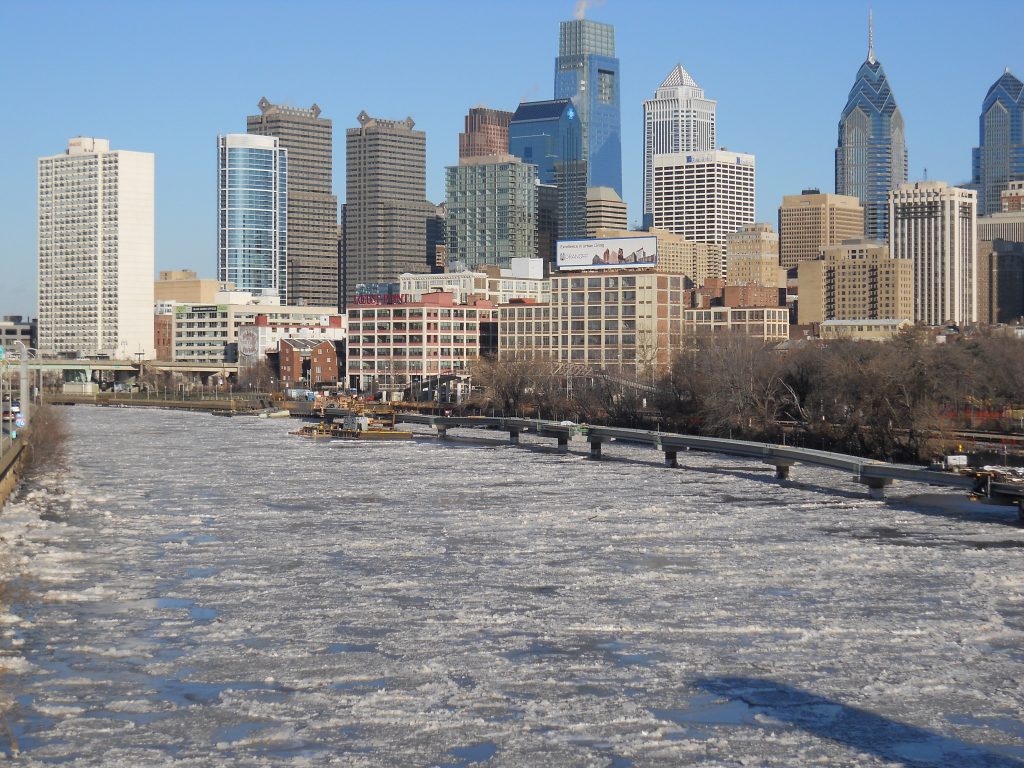How are the polar vortex and climate change connected?
Global warming means warmer temperatures for the entire world, on average and over time. This is unequivocally happening, and the Intergovernmental Panel on Climate Change (IPCC) recently stated with 95% confidence that over half the warming since 1951 is due to human activity. Their best estimate is that humans have caused all the warming. But scientists also recognize that trends for specific areas on short timescales will still show considerable variation due to the natural fluctuations of our climate and weather systems.
Right now, the eastern United States is seeing a cold snap, which could cause some to wonder whether the world is still warming.
- To demonstrate how common this misconception is, polling has shown that public acceptance of climate change decreases after cold winters.
- Some motivated commentators are even actively promoting the idea that cold weather means global warming has stopped.
In fact, both the world and the United States show clear warming trends overall.
A few facts that illustrate the strength of recent warming:
- Each of the past three decades has been hotter than the one before.
- Those three decades were hotter than anytime in the past 1,400 years, and current temperatures are hotter than they have been over most of the past 11,300 years.
- Eight of the nine warmest years in the 132-year record have occurred since 2000.
Cold snaps like this were once common. Now they are rare.
- In the U.S., more record high temperatures are being set each decade than record lows.
- Between 1970 and 1989, we experienced 12 cold snaps where the national average temperature dropped below 18ºF. There were only two in the 1990s and then none until Jan. 6, 2014.
- Popular webcomic XKCD has graphically illustrated this idea.
Not only is the world still warming on average, but many regions have also experienced record-breaking heat this December and January.
- This January, the same weather front that is causing cold in the eastern U.S. is pushing warm, moist air toward Canada and Alaska. Record-breaking heat and precipitation in Alaska has even caused avalanches.
- In Australia, records were broken in December with temperatures topping 104º F in many parts of Queensland and reported to reach as high as 129ºF elsewhere. 2013 was Australia’s hottest year on record.
- In Russia, Moscow experienced its warmest Christmas since 1910.
- In general, this shows that cold air hasn’t expanded, but simply moved around. Arctic air moved south, while warm air moved into the Arctic space, giving Alaska, Greenland, the Arctic, and parts of Russia unusually high temperatures.
Some scientists think that the “polar vortex” cold snap in the U.S. could be indirectly connected to climate change as well.
This is possible through a chain reaction that starts with the warming of the Arctic.
- The Arctic is warming even faster than the rest of the globe, and this may be disrupting the path of the jet stream, causing it to form large waves. These larger waves allow cold Arctic air to periodically move south and cover the continental U.S.
- Look at these excellent images from NOAA to compare the normal (compact) and current (wavy/wobbly) polar vortex configurations.
This phenomenon is very complex and needs further study. For more on what we know about climate change and the jet stream, see this Climate Nexus backgrounder


